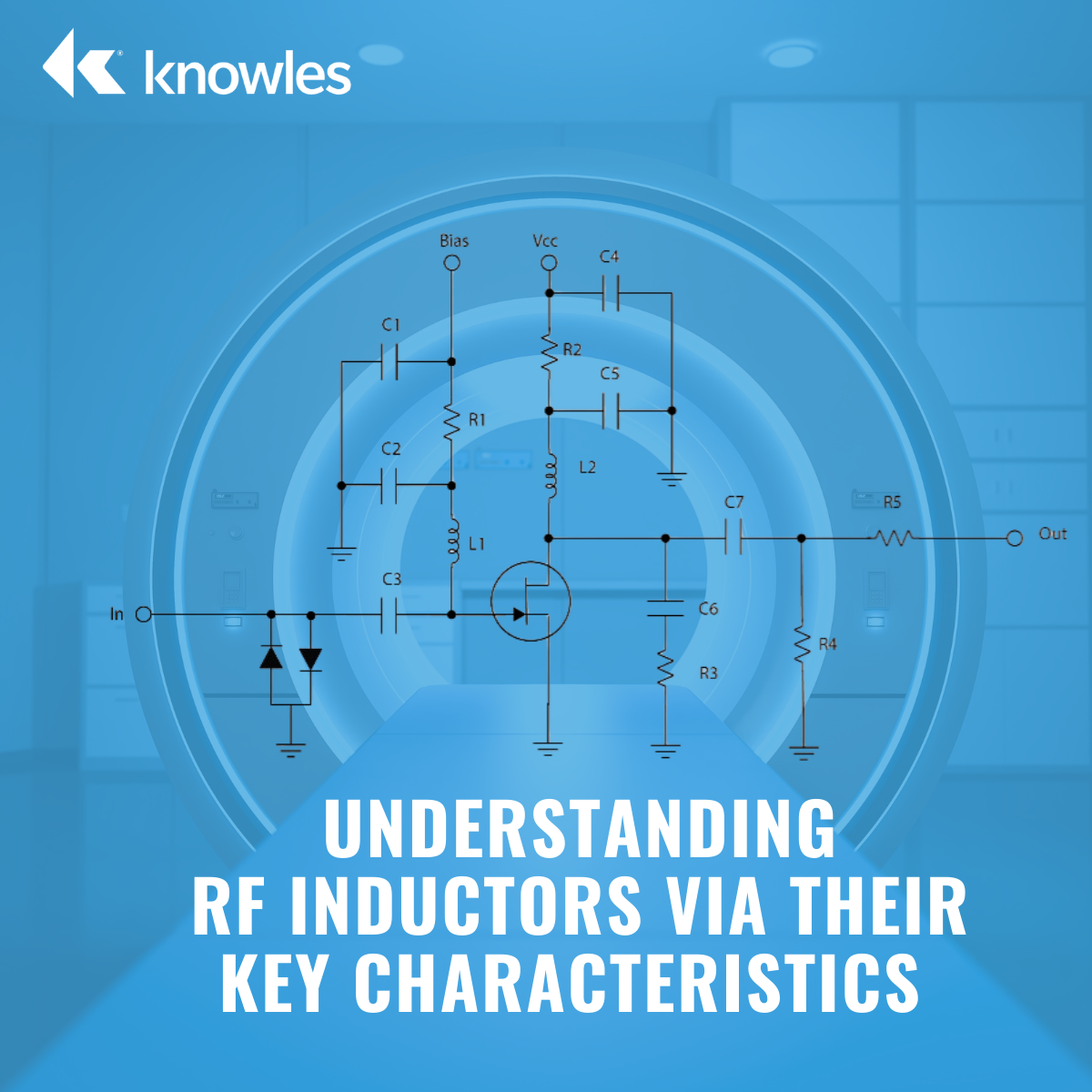Electronic devices power our world and allow us to communicate. In all applications requiring signal integrity and accurate power amplification, blocking capacitors are used to provide clean waveforms and correctly amplified voltages.
What Are DC-Blocking Capacitors, and Why Are They Important?
Topics: Capacitor
Enhancing Power Systems with Supercapacitor Technology
From EVs and industrial automation to renewable energy and smart logistics, power systems are becoming increasingly complex. As a result, they’re increasingly dependent on reliable, high-speed energy storage too. Enter supercapacitors, a critical technology bridging the gap between traditional batteries and real-time power demands.
Topics: Capacitor
Ceramic vs. Film: Choosing the Right Technology for Your Safety Capacitors
As discussed in the first post in our safety capacitor series, safety capacitors are designed to help safeguard users and equipment from electrical hazards, even in the event of failure. When selecting a safety capacitor for your application, you typically have two choices in dielectric material – ceramic and film. To select the right technology for your application, it is important to both understand your requirements and the differences between what each material has to offer.
Topics: Capacitor
Extending the Range and Performance of Class I Ceramic C0G Series Capacitors for Power Converter Applications
Improving overall system performance starts with foundational component selections. Growing demand for high-energy, reliable and compact converters in electric vehicles (EVs) and other industrial and energy applications is encouraging development in components likemultilayer ceramic capacitors (MLCCs). MLCCs are known for their excellent electrical properties, reliability, and compact size; however, the demands they face only continue to grow.
Topics: Capacitor
Evolving Motor Controller Design for Modern Robotics and Complex Automation Tasks
Pharmaceutical manufacturing is becoming increasingly reliant on robotics and automation. From precise dispensing and high-speed sorting to kit assembly and sterile packaging, today’s automation tasks demand advanced motor and drive technology to keep pace with complex, high-reliability environments.
Topics: Capacitor
Supercapacitors For Fail-Safe Control in Industrial Systems
Unplanned power interruptions and shutdowns pose serious risks for industrial facilities. Even a few seconds of lost control can result in equipment damage, safety hazards, or production losses. Fail-safe systems are among the key risk mitigation techniques used in high-stakes industrial environments.
Topics: Capacitor
In our prior blog, What Are Safety Capacitors, we provided an overview safety capacitor functionality and how these passive components play a crucial role filtering EMI in a circuit. Now, we will dive deeper into the functions of safety capacitors and how to select the capacitor that will meet all your needs by exploring the different classes and subclasses for these components.
Topics: Capacitor
Comparing PME and BME MLCCs for High-Reliability Applications
Multilayer ceramic capacitors (MLCCs) are made up of two materials—ceramic dielectric material and metal electrode material. Layering metal electrodes and ceramic dielectrics (Figure 1.) achieves voltages that are capable of producing high electric fields that ultimately allow MLCCs to regulate current flow and prevent electromagnetic interference between components. There are two common electrodes used in MLCCs: precious metal electrodes (PMEs), containing palladium silver, and base metal electrodes (BMEs), containing nickel or copper. Each electrode type holds a spot in the capacitor world for a reason.
Topics: Capacitor
Safety capacitors are passive electronic components designed to mitigate the effects of transient voltages and interference in electrical circuits. Safety capacitors are designed to help safeguard users and equipment from electrical hazards, even in the event of failure. Since these components are commonly used in AC line filtering and power supply circuits where failure could lead to electric shock, fire, or equipment damage, safety capacitors are subject to stringent testing and certification requirements.
Topics: Capacitor
Understanding RF Inductors via Their Key Characteristics and Applications
Inductors are a fundamental component in electronic circuits, but not all inductors perform equally across different frequency ranges. At high frequencies, standard power inductors suffer from increased losses, reduced efficiency, and undesirable parasitic effects. RF inductors, specifically designed for radio frequency and microwave applications, address these challenges by minimizing resistive losses, optimizing self-resonant frequency, and maintaining signal integrity.
Here, we examine the distinguishing characteristics of RF inductors, highlighting how they differ from other inductor types and why they are essential in high-frequency applications.

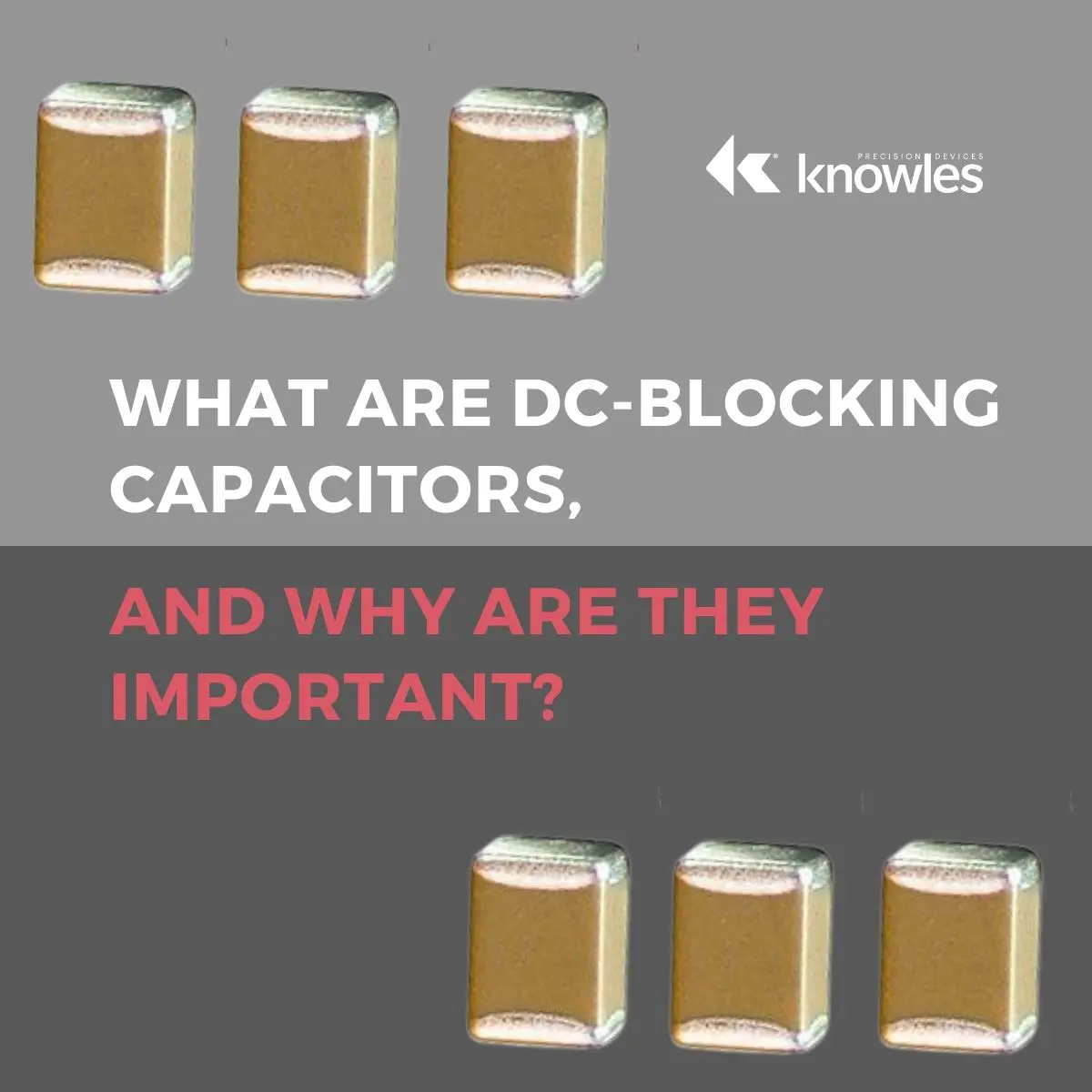
%20(1).png)
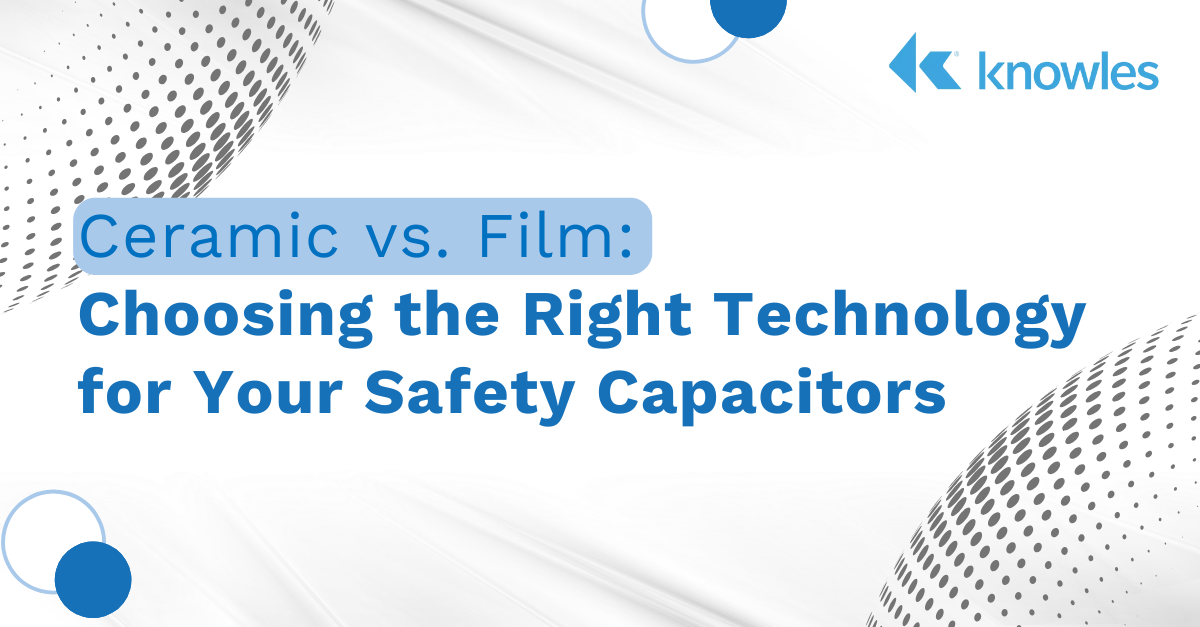
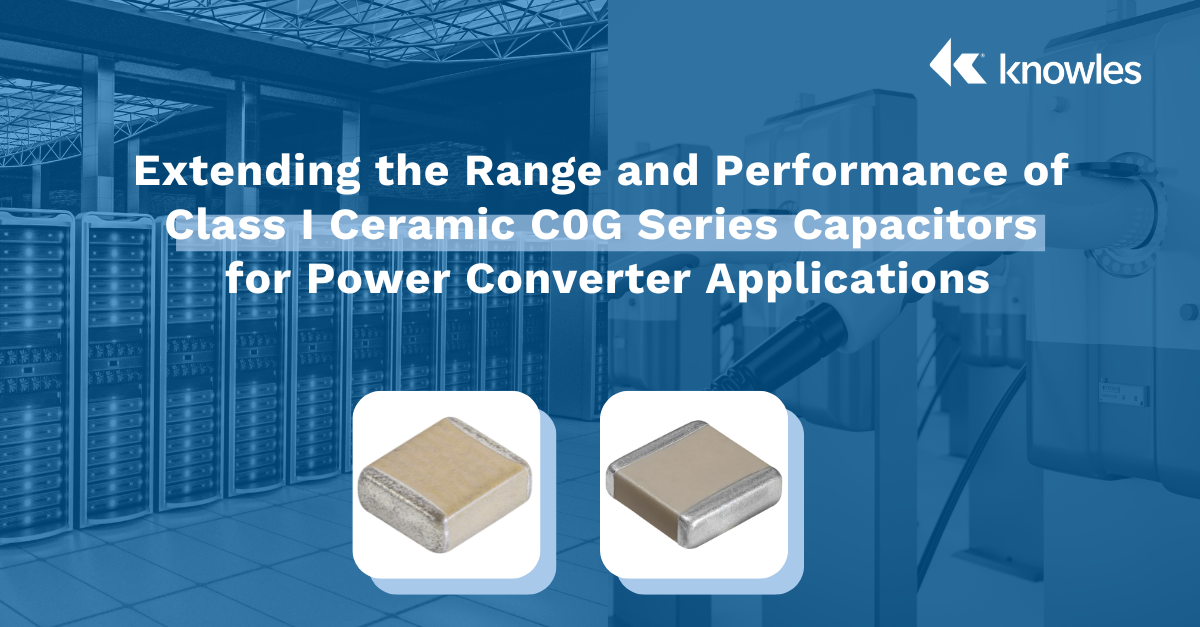
.png)
.png)

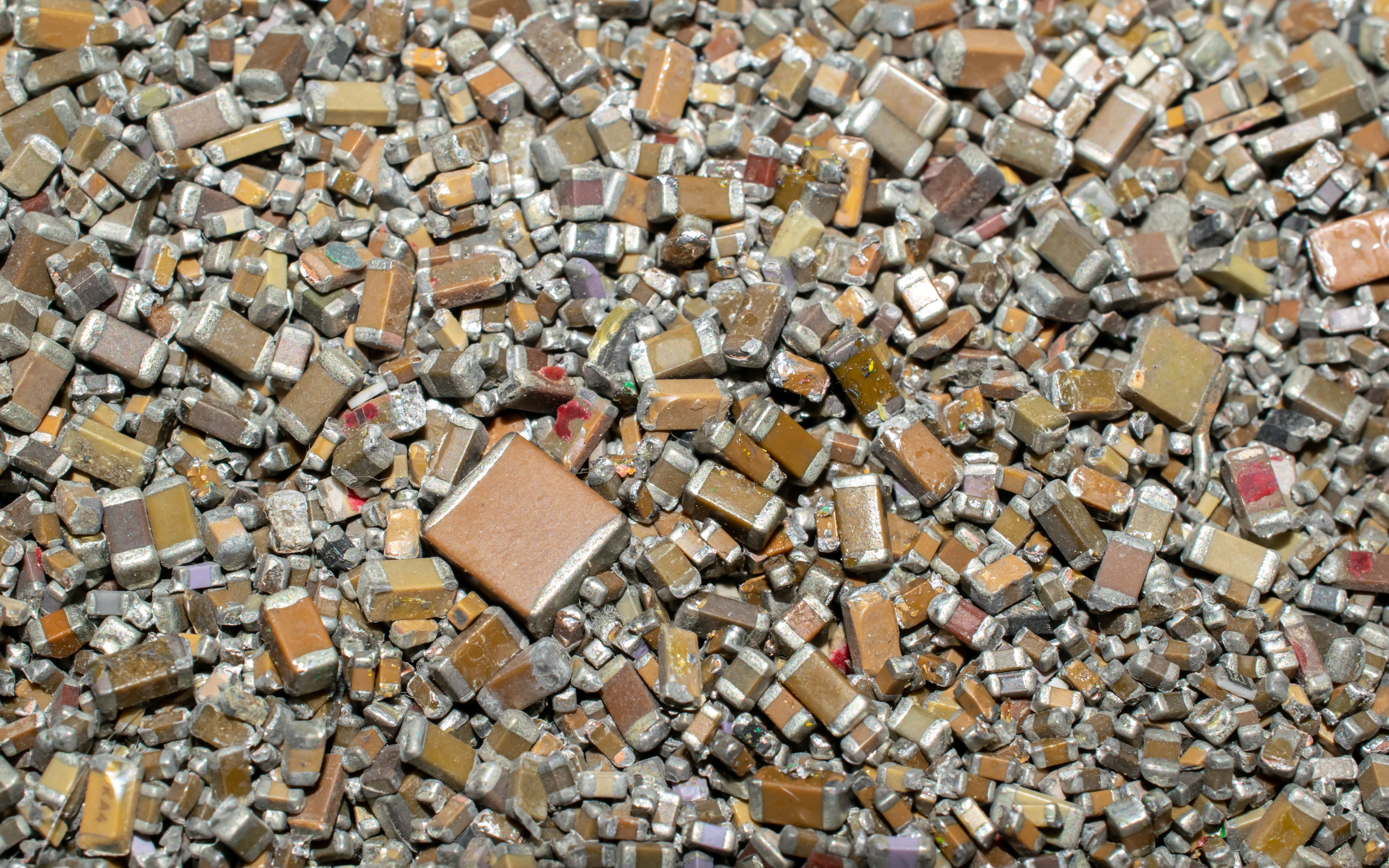
.png)
